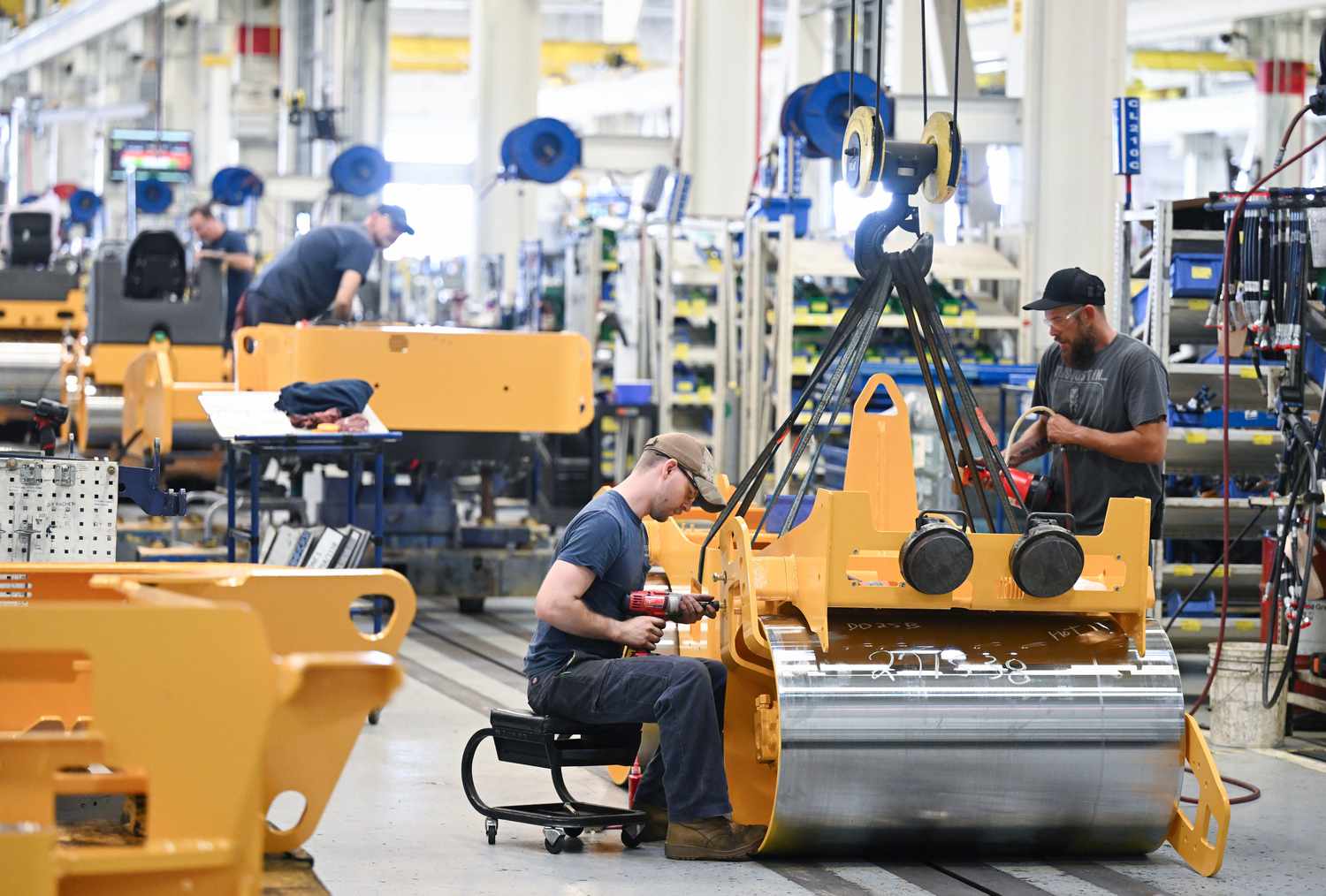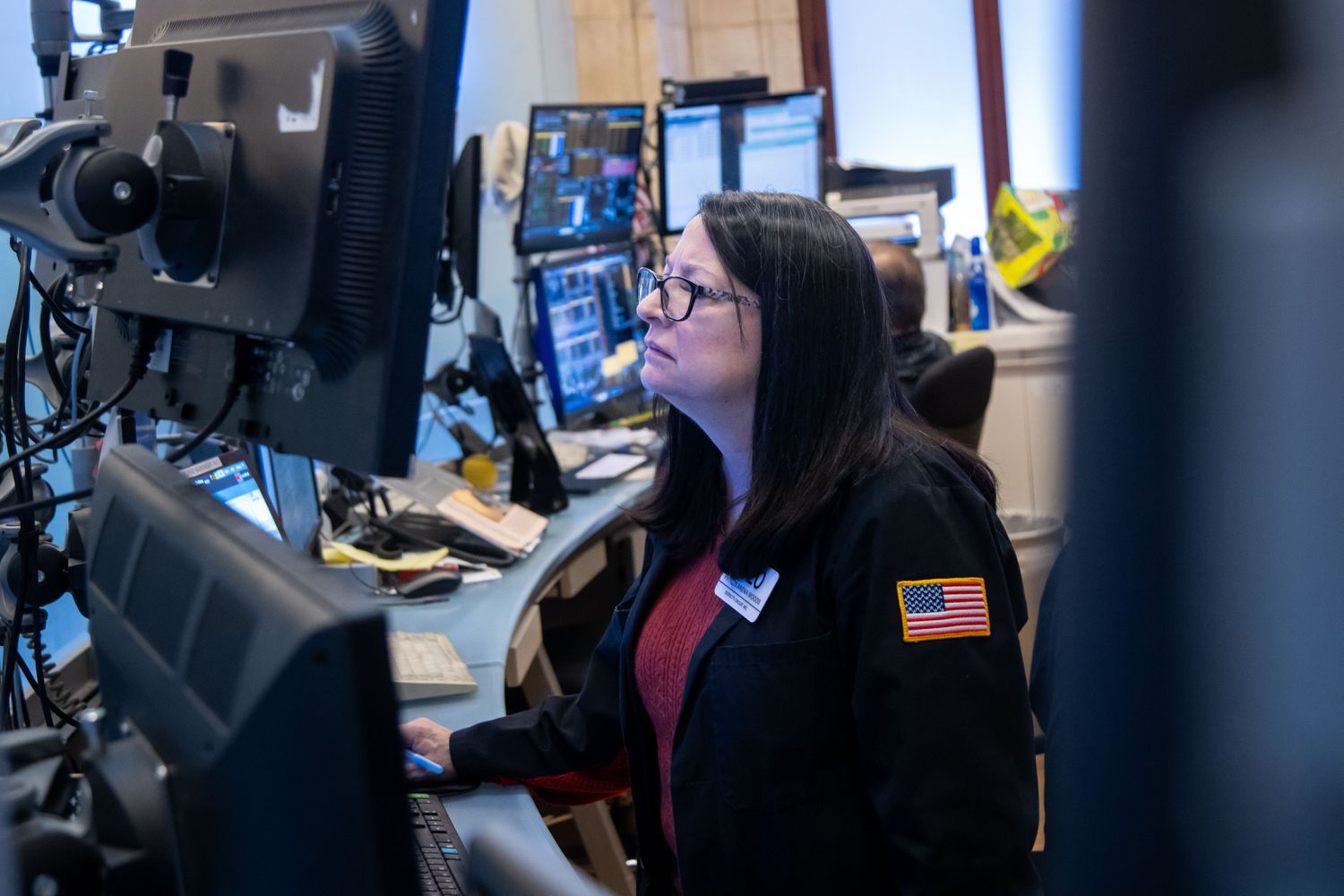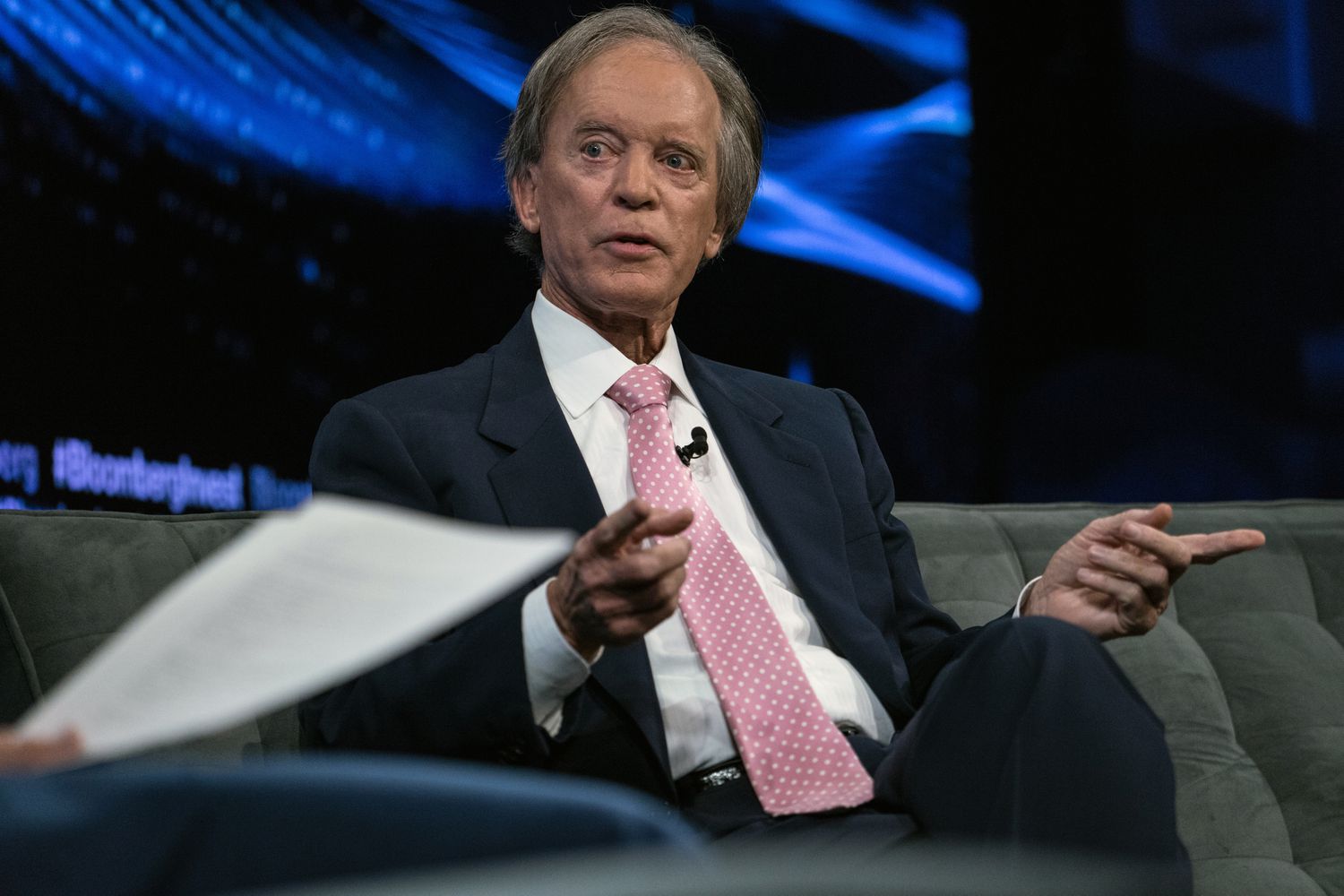Can Tariffs Bring American Factories Back To Life?


Key Takeaways
- President Donald Trump has implemented tariff policies aimed at restoring manufacturing in America.
- Many of America’s manufacturing jobs went overseas in the 1980s or were replaced by automation.
- Manufacturing moved because of the pay differentials between countries. But the U.S. is still one of the world’s leading manufacturers—the country just produces more valuable products.
- Experts say that his efforts to impose import taxes are unlikely to achieve one of their stated goals: restoring manufacturing to a central role in the U.S. economy.
President Donald Trump’s campaign of imposing tariffs on trading partners for a broad range of products is unlikely to bring back the kind of manufacturing jobs that were once the backbone of the blue-collar middle class, economists say.
As Trump enters the next phase of his administration’s trade wars, experts are warning that his efforts to impose far-reaching import taxes are unlikely to achieve one of their stated goals: restoring manufacturing to a central role in the U.S. economy.
In the mid-20th century, the U.S. was the world’s manufacturing capital, employing more workers than any other sector. At its peak in the 1950s, a quarter of the civilian workforce was employed in manufacturing. However, since the 1980s, free trade agreements have helped many industries move overseas, while automation reduced the number of workers needed in the remaining factories. Today, only about 7% of the workforce is employed in manufacturing, a figure that’s held steady since the Great Recession.
Tariffs are aimed at encouraging businesses to relocate their factories to the United States to avoid paying the import taxes, which are usually passed along to consumers. Many economists said this approach could work for certain businesses, but it’s unlikely to bring back the days when most items in someone’s house could have a “made in the USA” label on them.
US Workers Make More Than Workers Elsewhere
The U.S. is still a major manufacturer, No. 2 in the world behind China. However, it’s more expensive to make things domestically, depending on how much labor is involved in the production process.
The typical U.S. manufacturing worker earns just over $70,000 a year, while their counterpart in China makes just over $13,000, and an Indian manufacturing worker only makes around $2,300, according to an analysis by Apollo.
That means that for many products, it could still be cheaper to make them overseas and pay a tariff than to relocate a factory to the U.S. and pay higher wages.
If some businesses decide to build factories in the U.S., they will likely be highly automated, leading to few jobs being created.
“It’s unlikely to accomplish the goal that Trump is looking for,” said James Veitch, dean of the School of Business and Management at Notre Dame de Namur University,.
Bring Back Manufacturing? It Never Left
Sometimes lost in the debate over industrial policy is that the U.S. still makes lots of stuff: it is a leader in multiple high-tech industries, including aerospace, medicine, and weapons. While the U.S. has lost jobs in manufacturing since the 1980s, its output has increased in terms of the value of the products being manufactured.
Farouk Contractor, a professor of economics at Rutgers, is among the experts who say tariffs could be part of a coordinated strategy to boost manufacturing in certain key high-tech industries such as computer chips. Trump’s predecessor, Joe Biden, attempted that with the CHIPS Act legislation, which promoted the construction of semiconductor factories in the U.S.
But bringing back lower-tech manufacturing might not be possible or even desirable, Contractor said. The U.S. has lost the most jobs in industries like textiles, where many hours of hard work at sewing machines go into final products that don’t sell for very much money.
“High-end stuff, high-value stuff, can come back to the U.S., partially because the value is not in labor, but in thought,” Contractor said. “So if you have a highly automated, highly sophisticated item like computer chips, it doesn’t matter if labor cost jump from $6 to $36 an hour, because the labor content is low, and the main value and the price of the item is in thought, rather than in manual labor.”
Veitch laid out the exchange in terms of hours of labor. An American worker might work at an auto parts company and create a complex part worth $400 in one hour. A worker in Cambodia or Vietnam might work at a factory making T-shirts and create a garment that sells for $10 in that same hour.
“You’ve taken one hour of American labor, and instead of producing a t-shirt, you produce something you sold to somebody else that will bring you back 40 t-shirts,” Veitch said.

















